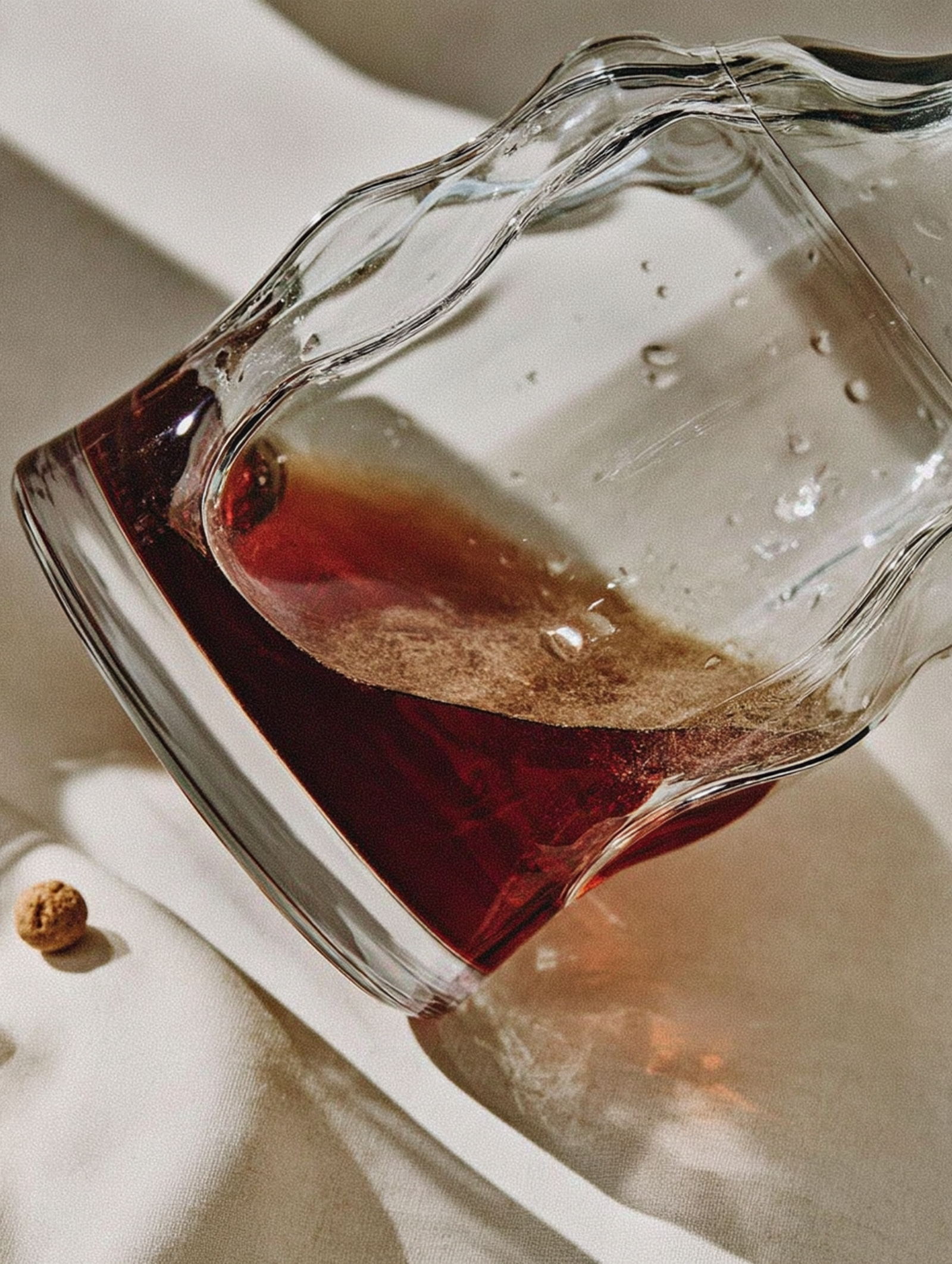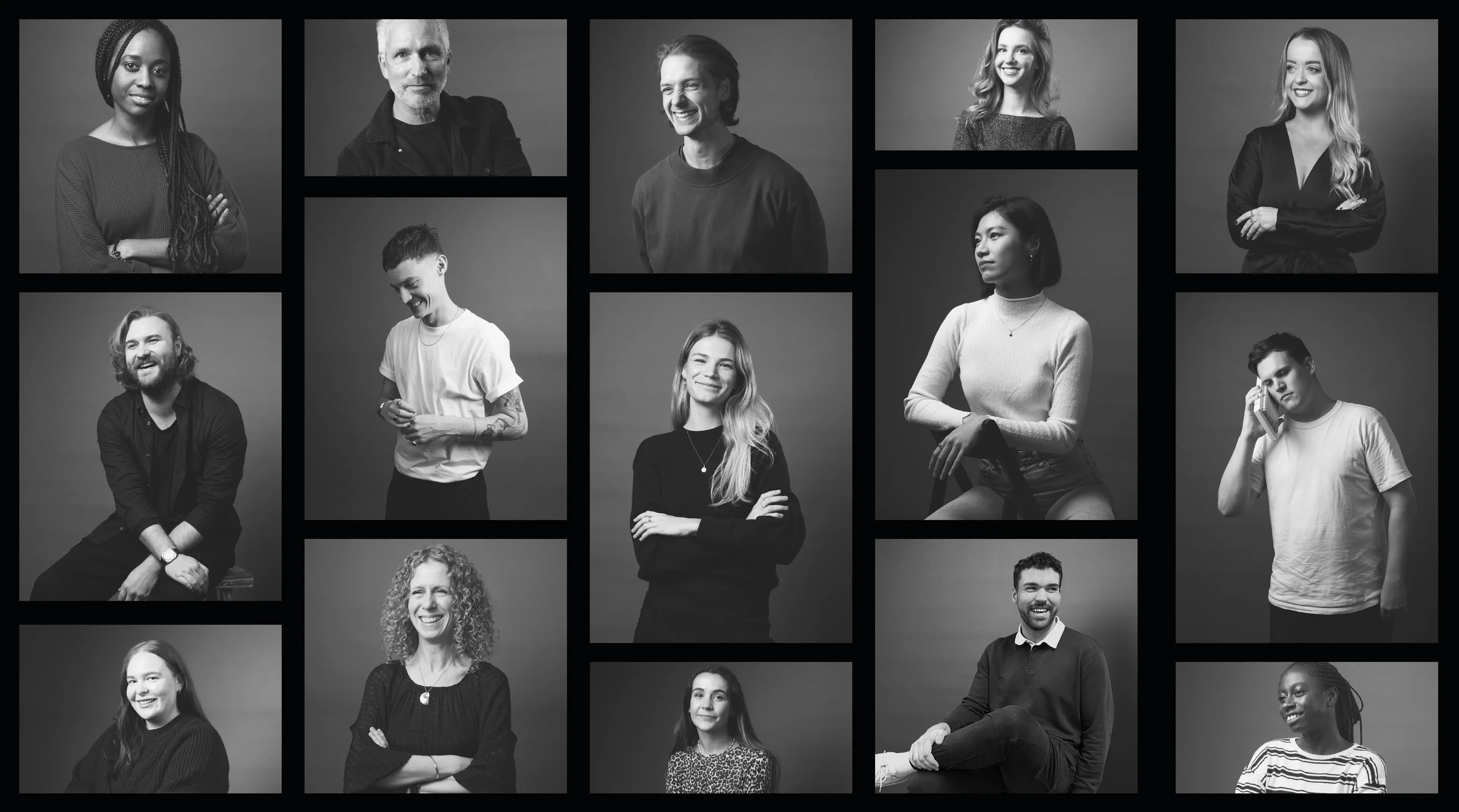
Hospitality & Travel
1 Jul 2024
10 Min Read
What Contemporary Private Members’ Clubs Tell Us About Modern Membership
What were once dens of scandal and inequity have become homes of inclusive exclusivity, social spas and cultural institutions. As we track the history of private members' clubs from early inception to the latest launches, what can the concept's transformation reveal about the state of membership today?
Architecting Modern Membership
Membership models aren’t what they used to be. It’s undoubtedly far easier to pander to an upper-class audience of exclusively white men in the nineteenth century than to appeal to a wildly diverse, discerning audience of the twenty-first. And as members and prospects are only going to become more enlightened, what do club decision-makers need to keep front of mind going forward?
01
Cultural Resonance With so much to stimulate us, we’ve all become cultural vagabonds. No longer to content to neatly slot into a pre-set category, we want to invent the category. And members’ clubs can help. The implied status that came with private membership historically has shifted from class signalling to cultural signalling — a show of values. Whether it’s a commitment to subversive art or social activism, members’ clubs must now be places for those who dare to deviate from the mainstream.
02
Distinctive Service Just as there are limits to fostering authentic human connection between club and member, there are caps on how much organisations can do to elevate service. Where House of KOKO are investing in digital enhancement, Jolie’s are honed in on culture-rich experiences. Since their inception, private clubs have operated their own dining culture and plenty of houses are reinventing themselves at those touch points.
03
Decentralisation As we’re all about what’s next, leaving out the impact of web3 on members’ clubs would be a disservice. For the crypto elite (it’s a larger cohort than you may think), members’ clubs will be built on the blockchain. And it’s not a far-off reality. NFTs or a DAO’s digital token will be the black card and clubs will be funded by communities — it’s a wise move for brands to begin pinpointing touch points where web3 can elevate the experience, sooner rather than later.
Hospitality & Travel






